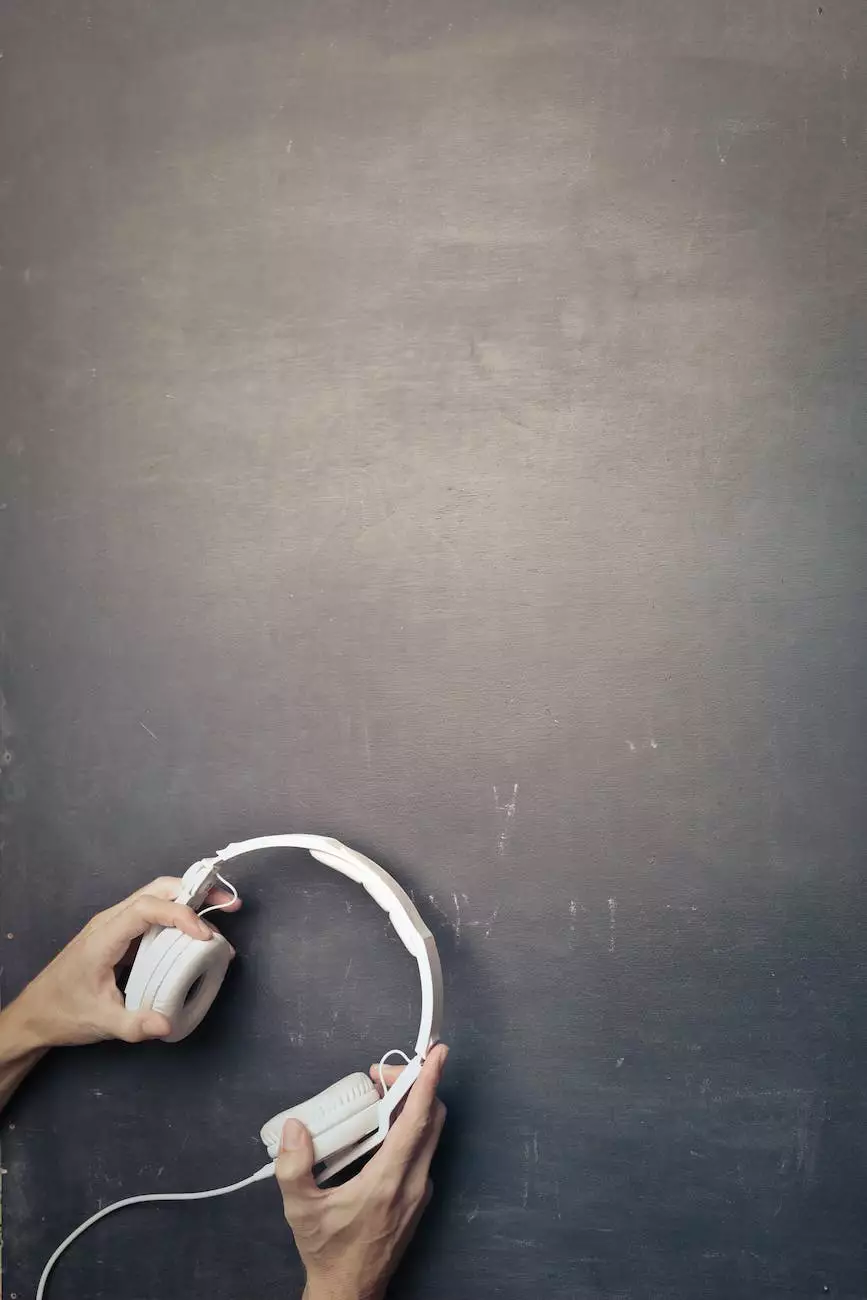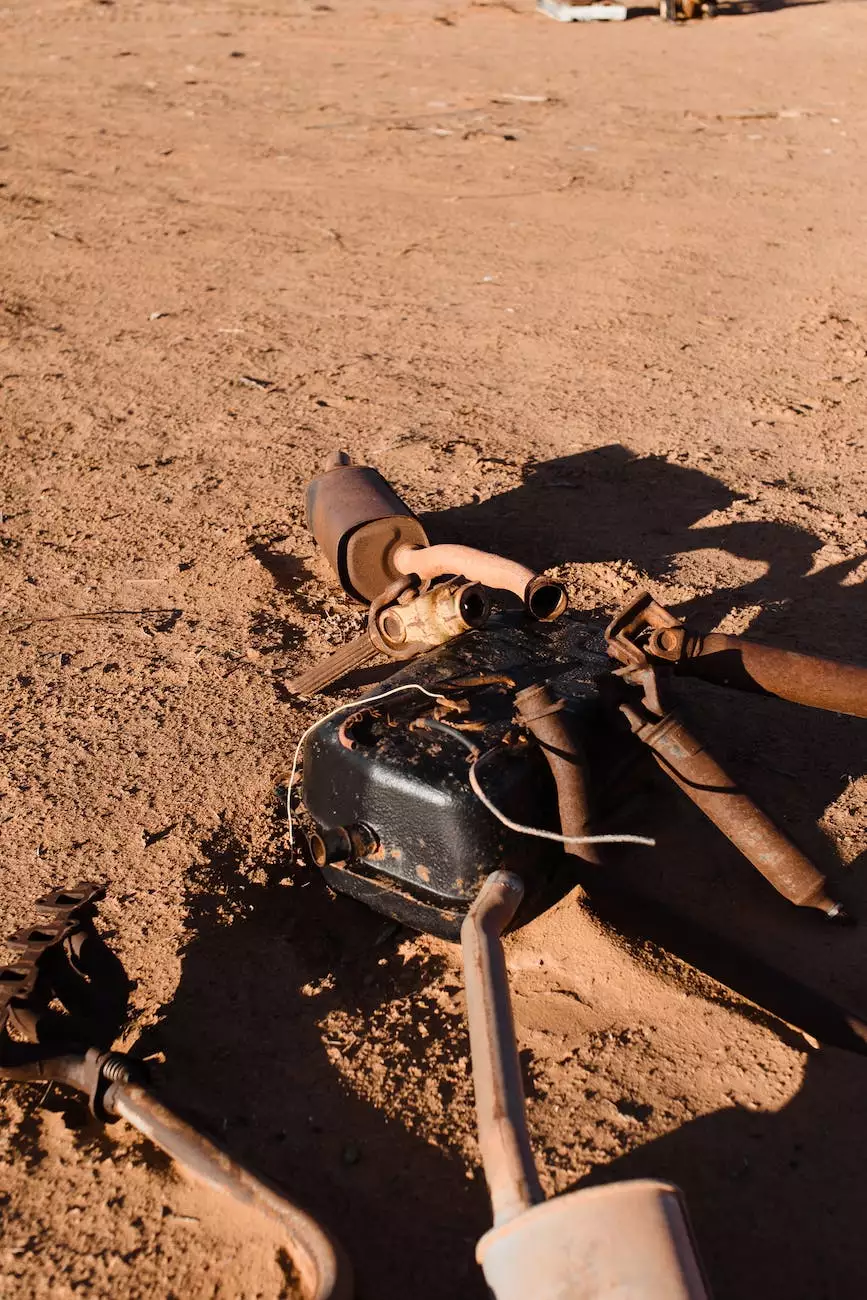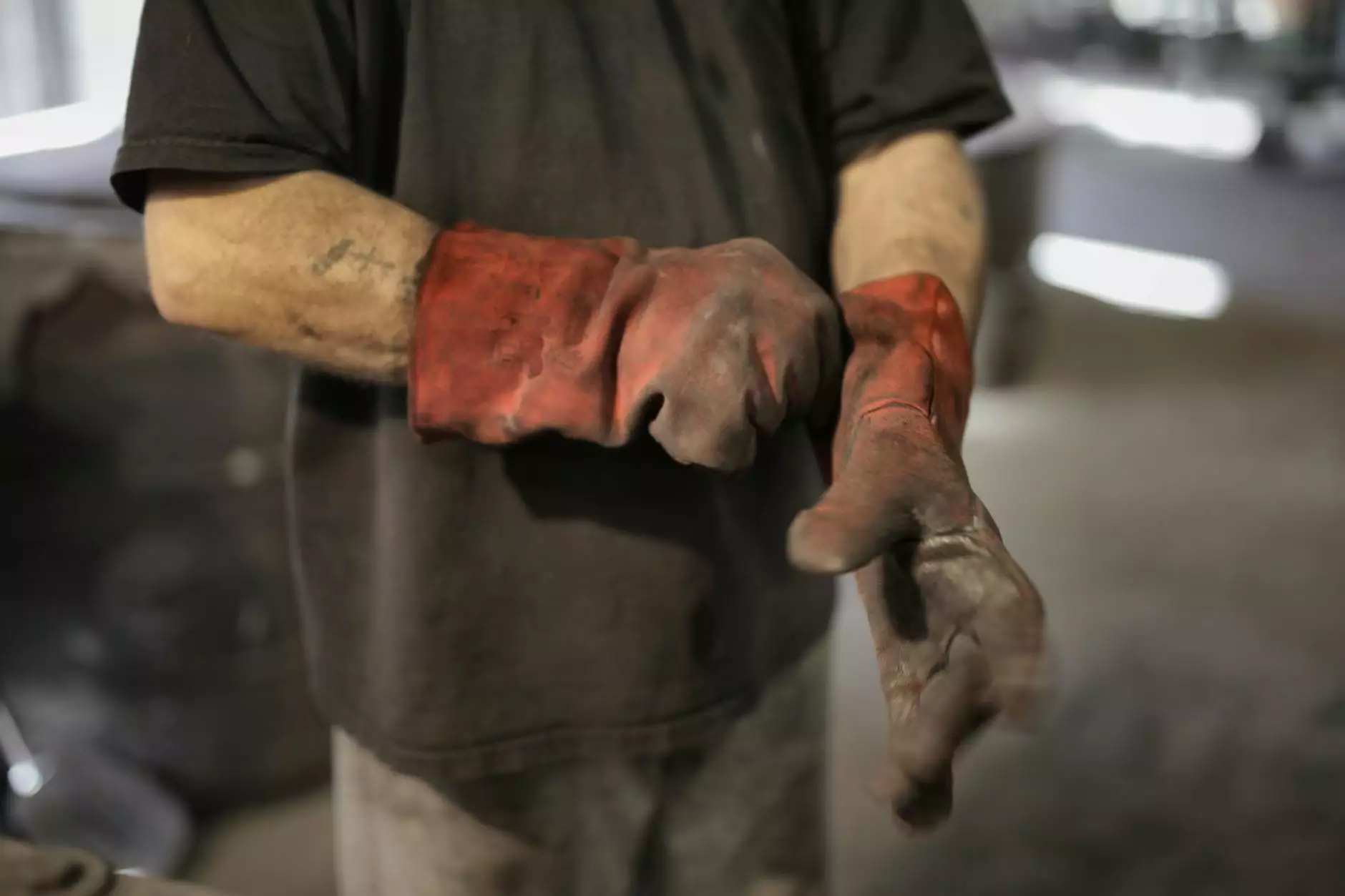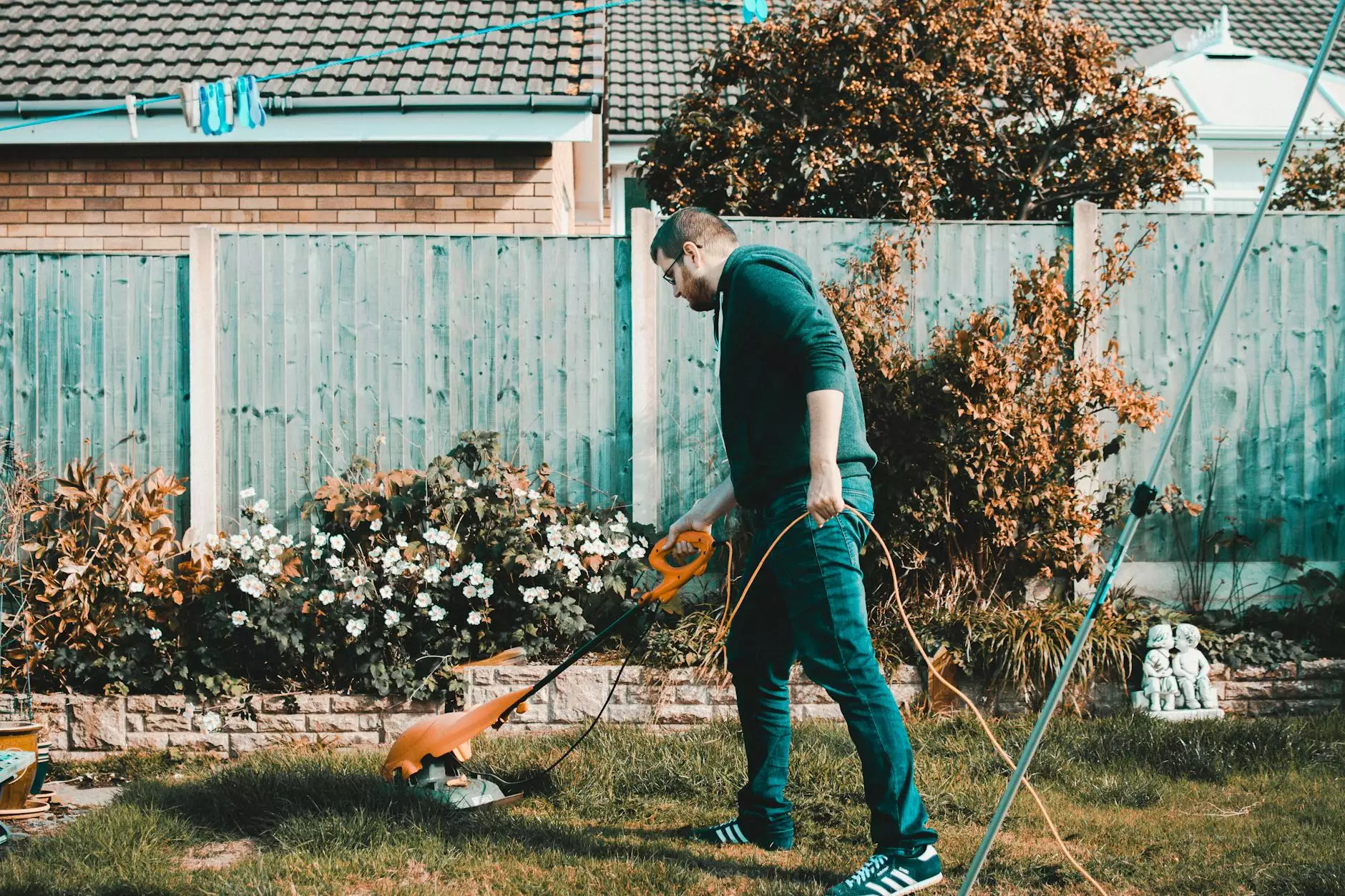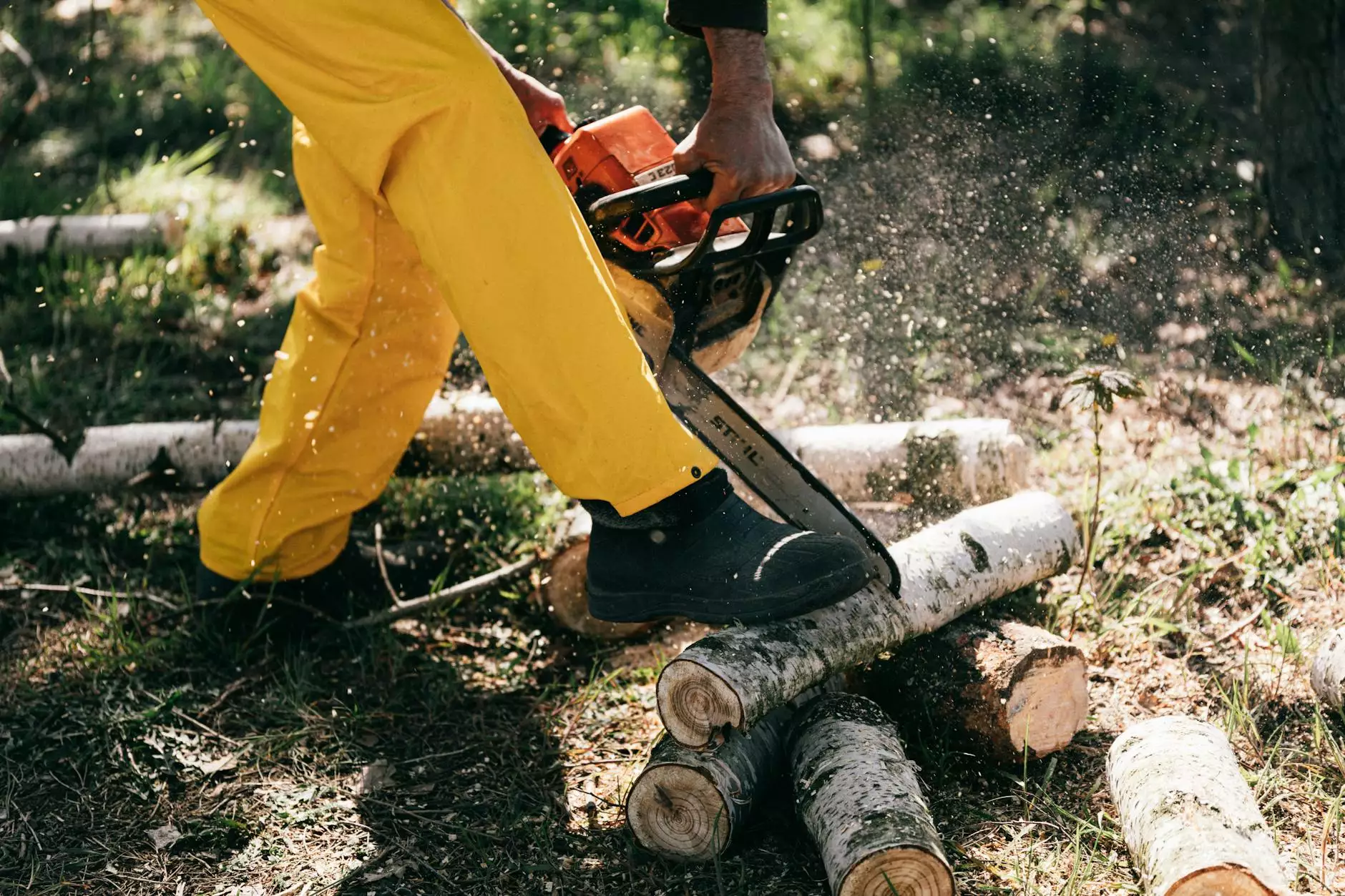How To Repair A Trash Compactor That's Not Compacting
Technology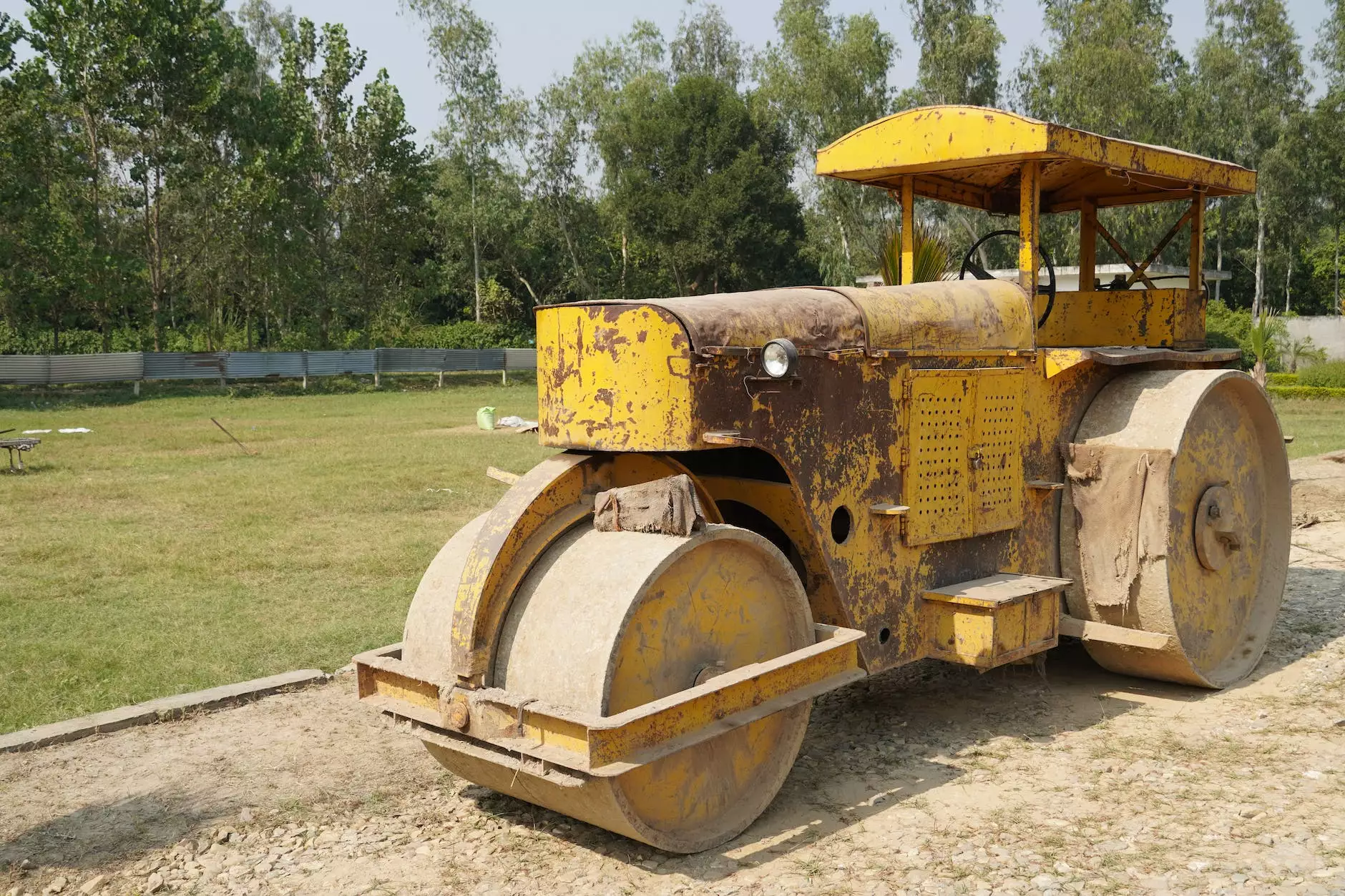
Welcome to Screens Unlimited, your go-to experts in appliance repair for trash compactors. If you're experiencing issues with your trash compactor not compacting properly, you're in the right place. Our team of experienced professionals is here to provide you with step-by-step instructions and valuable tips to help you troubleshoot and fix the problem yourself.
Understanding the Trash Compactor
Before diving into the repair process, let's take a moment to understand how a trash compactor works. A trash compactor is a valuable appliance commonly found in kitchens, designed to compress and condense waste, reducing its volume and saving space. It typically operates using a motorized ram that pushes down on the trash, compacting it into a smaller size.
Common Issues and Troubleshooting
When your trash compactor is not compacting as it should, there are several potential causes. By identifying the root cause of the problem, you can efficiently fix it. Let's explore some common issues you may encounter and their troubleshooting steps:
1. Power Supply Issues
If your trash compactor won't stay on or fails to start, the first thing to check is the power supply. Make sure the compactor is securely plugged into a functioning power outlet. Test the outlet with another device to ensure it's providing power. If there is no power, check your circuit breaker and reset if necessary. Ensure the compactor's power switch is in the "On" position and try again.
2. Ram Stuck or Obstructed
Another common issue is a jammed or obstructed ram. Over time, debris or foreign objects may accumulate in the compactor's chamber, preventing the ram from functioning correctly. Begin by disconnecting power to the compactor. Use a flashlight to inspect the chamber and remove any visible debris or objects. Ensure the ram moves freely by manually pushing it up and down. Clean the chamber thoroughly and test the compactor to see if the issue is resolved.
3. Misaligned Components
A trash compactor relies on multiple moving components to function properly. If any of these components become misaligned, the compactor may not compact as intended. Check the alignment of the ram, tracks, and guides. If necessary, adjust them to ensure everything moves smoothly. Proper alignment will help maintain consistent compaction performance.
4. Malfunctioning Motor or Switch
If none of the above troubleshooting steps resolve the issue, it's possible that the motor or switch itself is malfunctioning. In this case, it's best to consult a professional appliance repair technician who can diagnose the problem accurately and offer a suitable solution. Screens Unlimited is here to help you with any complex repairs or if you prefer professional assistance.
Maintaining and Cleaning Your Trash Compactor
Regular maintenance and cleaning can improve the performance and lifespan of your trash compactor. Here are some essential maintenance tips to keep in mind:
1. Regular Cleaning
Wipe down the interior and exterior surfaces of the compactor regularly to remove dirt, food particles, and spills. Use mild soap and water to clean the surfaces, and avoid using abrasive cleaners that may damage the finish. Pay special attention to the ram and tracks, ensuring they remain free from debris and buildup.
2. Changing and Cleaning the Filter
Many trash compactors feature filters to control odors. Check your manufacturer's instructions for guidance on how often to change or clean the filter. Typically, this should be done every few months. Follow the provided instructions to remove, clean, and reinstall the filter properly.
3. Lubricating Moving Parts
To ensure smooth operation, lubricate the moving parts of your trash compactor. Consult your appliance's manual for the recommended lubrication points and use an appropriate lubricant. Applying lubrication periodically can reduce friction and enhance the compactor's performance.
4. Regular Inspections
Perform routine inspections to identify any signs of wear or damage. Check for loose screws, cracked panels, or any other issues that may affect the compactor's efficiency. Promptly address any problems you discover to prevent further damage and maintain optimal performance.
Conclusion
In conclusion, repairing a trash compactor that's not compacting can be a simple task with the right knowledge and guidance. By troubleshooting and addressing common issues such as power supply problems, obstructions, misaligned components, or malfunctioning parts, you can restore your trash compactor's functionality.
Remember to prioritize regular maintenance and cleaning to prevent future problems and extend the lifespan of your appliance. If you encounter a complex issue or prefer professional assistance, Screens Unlimited's team of dedicated appliance repair experts is always ready to provide you with the help you need.
Don't let a malfunctioning trash compactor disrupt your daily routines. Take the necessary steps to repair and maintain it, ensuring a hassle-free waste management experience in your home or business. Screens Unlimited is here to assist you every step of the way!



